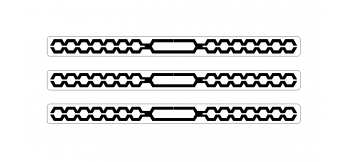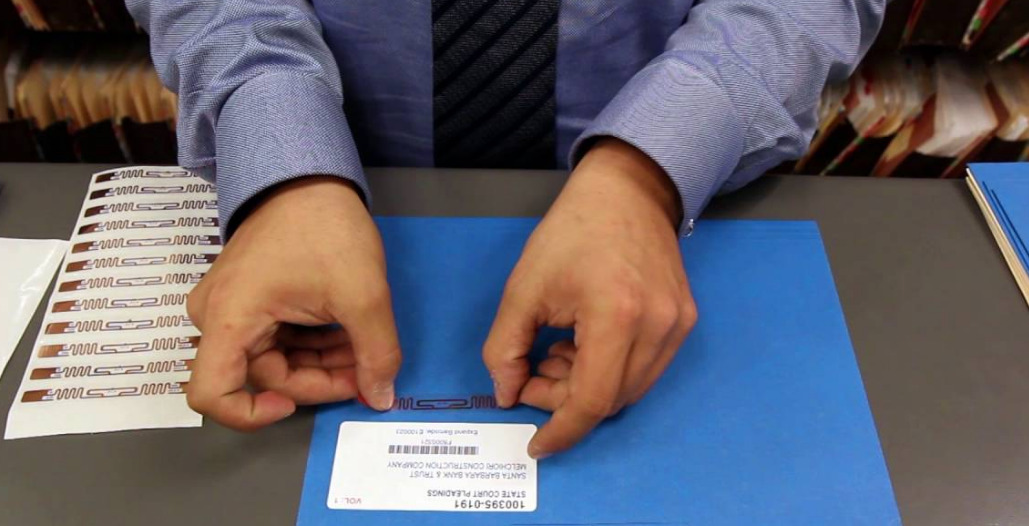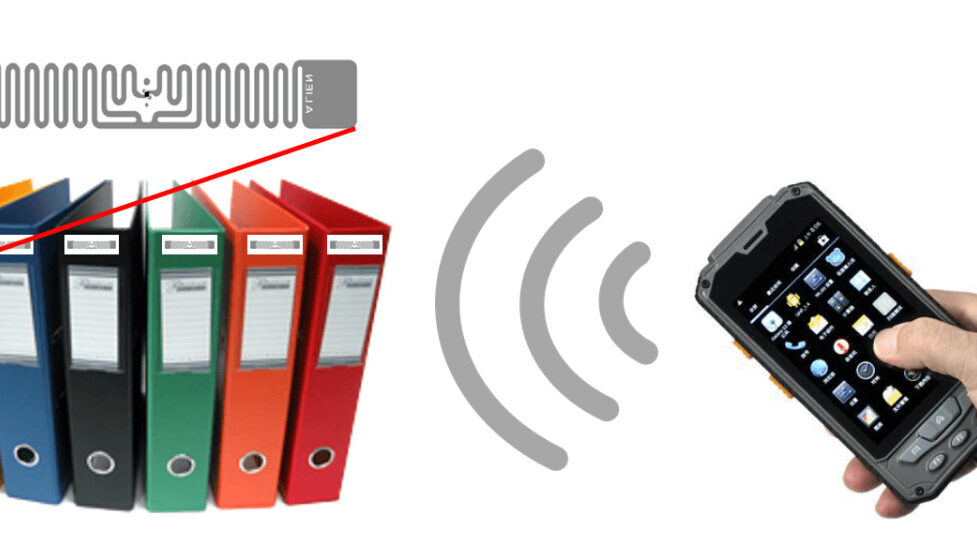La scelta dell'hardware giusto per un sistema di tracciamento dei documenti RFID è fondamentale.
Il sistema RFID UHF è costituito da un lettore RFID UHF, Antenna RFID UHF e tag RFID UHF. Nel sistema di tracciamento dei documenti RFID. Il tag RFID si attacca alla scatola del documento o alla borsa dei documenti.
Il sistema RFID invia i dati a un sistema di tracciamento con lettori e tag RFID, formare la raccolta automatica dei dati. The choice of different RFID devices will have a great impact on the actual application effect of the entire project.
In RFID projects, misreading and low recognition rate are the most common problems for users. And these problems can be solved by choosing appropriate RFID equipment. Here are our recommendations on how to choose the right RFID equipment for your RFID document tracking system.

Sistema di tracciamento dei documenti RFID 3
How to Choose the Right UHF Tag for an RFID Document Tracking System
When managing files, you need to identify how many files there are in a filing cabinet. Even to the point of how many files there are on each floor. The thickness of the file bag is different, and some are as thin as 1-2mm. In questo caso, we need to choose RFID tags with good reading performance. When two ordinary RFID tags put together, the performance becomes very poor. Larger changes in tag frequency occur when coupling between tag antennas occurs.

Sistema di tracciamento dei documenti RFID 2
How to choose the right UHF RFID antenna
When it comes to UHF RFID antennas, in actual RFID applications, spesso non sappiamo come scegliere. Le caratteristiche più importanti per la scelta di un'antenna sono. Direzione di polarizzazione, guadagno antenna, Angolo, banda di frequenza operativa, dimensioni meccaniche e ambiente di applicazione. Nella gestione di file e archivi. Dobbiamo scegliere antenne con una distribuzione del campo molto uniforme.
Molte persone penserebbero che il lettore e l'antenna a campo vicino del lettore dovrebbero identificarsi dall'antenna a campo vicino. Infatti, Questo non è vero. RFID document tracking systems should use long-range RFID antennas. In many RFID document tracking projects. The antenna installed inside or below the filing cabinet and needs to read from a distance of 15-30cm. The conventional near-field antenna can read up to 30cm under the condition of the reader’s maximum RF output. And the RFID tag should have good performance. So near-field antennas cannot guarantee 100% accuratezza.

Sistema di tracciamento dei documenti RFID 1
How to choose the right UHF RFID reader
Dovremmo considerare i seguenti punti quando scegliamo il giusto lettore RFID:
- Frequenza: Dovrebbe essere UHF (860-960MHz)
- Porte antenna: 2, 4, 8 o più porte
- Interfaccia di comunicazione: Wifi/RS232/Ethernet/POE
- Velocità di lettura/distanza di lettura
Puoi scegliere in base alle tue effettive esigenze.
Come scegliere il giusto armadio RFID
Attenzioni
Allo stato attuale, esistono molti tipi di schedari intelligenti sul mercato con diverse funzioni. Alcuni non funzionano molto bene. Se un documento non è archiviato nella posizione specificata. Impossibile trovare le informazioni sulla posizione effettiva del file. And only the original registered location information can query. So the location function is useless. Choose intelligent filing cabinets combined with RFID technology. Which can quickly locate, count, and automatically identify in batches. In questo modo, real-time monitoring and intelligent management of the whole process of borrowing, returning, checking and depositing can be realized. The RFID intelligent file cabinet can update the file location information in real time and realize on-site supervision.
To Sum Up
La tecnologia RFID ha le caratteristiche della raccolta dati senza contatto, buona sicurezza dei dati. Inoltre, elevata velocità di lettura, grande capacità di etichette intelligenti RFID, lunga durata di servizio, e riutilizzabilità. Lo usiamo ampiamente negli archivi, Librerie, unità governative e aziendali, scuole e altri campi.
Parola chiave: RFIDHY Magazzinaggio Tag NFC Soluzioni RFID





